CAPTURE THE MOMENT
Timing is everything. Keep your eye(s) on the action if you are not shooting a still shot. Anticipate as best you can. Sometimes you can track what is in frame in the viewfinder or on screen with one eye and use your other eye to watch the full external environment with the other.
When the moment comes into play (the ball off the bat, the apogee of the slam dunk, the slide into home etc. have your finger partly depressed on the shutter button (if using an slr)
If possible, anticipate the shot in advance and wait for the ‘instant’

SET IT UP
Pre setting focal plane, and having your light adjustments, shutter speed and aperture to optimum for the ambient lighting helps. If you preset these adjustments in advance in a consistent light environment you will be well prepared.
If you use auto settings, you are at the mercy of the camera’s built in settings/esthetic preferences.
If you use auto focus that 1/16th or 1/8th second delay may cost you the image in the perfect moment.
Sometimes you just get lucky, but relying on personal skill is often better.
The big caveat is that if you do focus manually, you are relying on your reflexes, eyesight and view through the viewfinder which may cause your focal plane to be off target.
If you preset the focal plane so that the subject moves into it at the right moment, you press the shutter button.
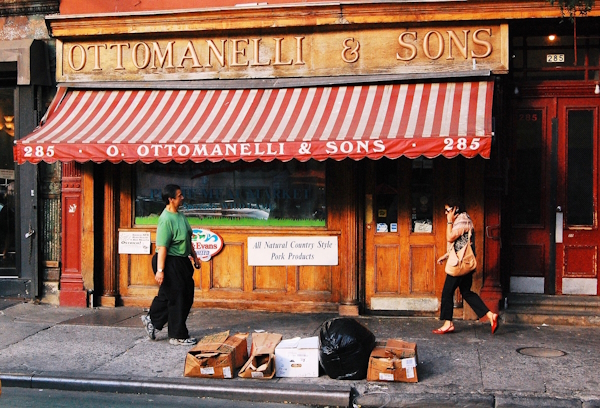
Photonote: I pre set this one up based on the soft golden touch of evening light and an almost stage prop-like setting of the store as a backdrop and the garbage in front. I took numerous, not very interesting shots until these two strangers walked into the frame in a happenstance, never to occur again moment. Body language tells part of the story of two who would never meet, despite his prospective hopes.
GET ON TRACK
As part of anticipating or just waiting for the moment when (if) it comes, track your subject in motion, like watching a movie and wait for the moment to arise. In photo jargon, this is called tracking, (going with the image as it moves along) or panning (remaining stationary but moving the camera in pivot fashion with the target image while in motion)
FRAME IT:
Check your outer perimeters thru the viewfinder or on screen – top, bottom, right, left– to include or exclude content. Don’t rely on cropping at a later time.
To ‘see’ the photo, roughly measured by the confines of the viewfinder, adjust your body position, camera angle or lens if it has zoom in-out capabilities, to get the look right.
This is of course, a much bigger challenge when trying to frame a moving object.
WRANGLE THE ANGLE:
Consider looking down on the subject (high angle) looking up at it (low angle), parallel (straight down the barrel) right angle, left angle.
MOVE IT!
Some stationary positions work well, ie a bird’s eye view at home plate or the pitcher’s mound or just off to the left or right of the hoops rim, up angle with you as low to the ground and as close to the baseline as you can get.
But be mobile, so you get different shots from different places. “Work the room and roam,” so to speak.
This takes a kind of presumptuous attitude on your part. Assume that you can go where you wish to get the shot until you are told you can’t, within reason.
If you ask first , you are more likely to get a no. That said, do not interfere with the activity or situation, and if you block someone’s view, be conscious and don’t linger longer than needed to get the shot.
If you are at an emergency scene you should identify yourself as a news photographer and get permission from someone who can grant access or give you parameters. If it is dangerous situation, you should avoid peril and possible harm to yourself or others.
KNOW IT WHEN YOU SEE IT
This is totally subjective and depends on ‘your eye’ or your VIQ (visual intelligence quotient) Studying pictures by the great photographers over history will give you a better background knowledge of what separates a really good photo from a mediocre one or a great one. Practice taking pictures with your eyes as you move through daily life ‘OOhh, that would be a great picture’
SEE IT IN ADVANCE AND THEN JUST HOPE AND WAIT TO SEE IF IT HAPPENS.
The famed Ansel Adams would envision a photo he wanted (ie the famed moon next to Half Dome in Yosemite picture) and then wait until the right time of the year, month, day and hour. Next would follow the on foot trek to get to the perfect vantage point to wait until ‘the stars aligned’ or in this case the moon and the mountain.
This takes patience, maybe some real effort and some good fortune. Like going fishing….

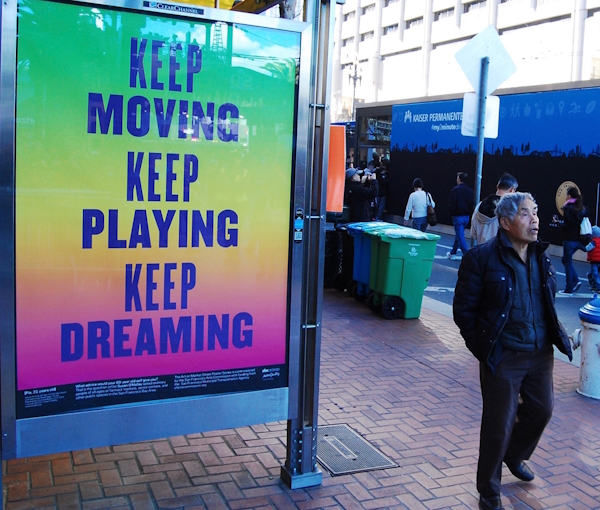
Photo explanatory for the above:
The upper shot happened as I waited for the right person to come into juxtaposition with respect to the stationary element of the advertising sign. I got the black scoop just in the right moment so that it resembles a pedestal rising from the trash…. Which makes a commentary unto itself, along with other dynamics of the photo.
The lower photo is similar, except for the distance of the sign and the human subject. In this shot the alignment of the two is not quite as meaningful as in the first. (also with respect to framing –see “Frame It”– a flaw is that part of his foot gets cut off. This one might have been better had I shot 1/8 of a second or so sooner…..)
EMM! EMOTIONS MEAN MUCH
People love to see images that arouse emotions, pain, heartbreak, joy, impact/collisions, the thrill of victory, the agony of defeat, a sparkle of joy and unrequited dreams, or a stern expression of authority that says, ‘you better play it straight.’ Faces can be a huge element of this key aspect, as well as body language.

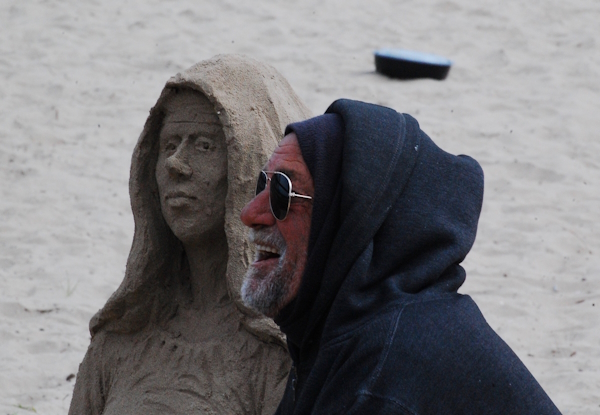
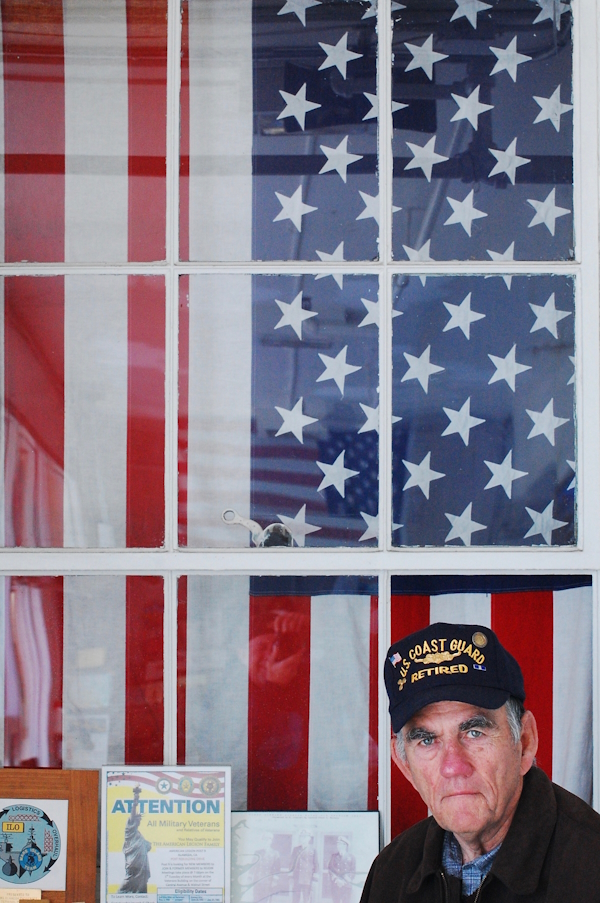
Sometimes, the emotion is more the reaction of the viewer, spurred on by something haunting, disturbing, inspiring, disparate etc from the basic image. (gasp… a pale, bloated corpse)
LIGHTEN UP, DUDE
The influence of light in a photo is a whole subject unto itself, but develop your eye so that when you ‘see the light’ (backlit and translucent, golden, soft and dreamy etc.) you can use it to increase photo appeal and give it artfulness as does a painter using color, highlighting, shading, etc.
One note of technical criticism for this photo is to note where the ‘focal plane’ is. I chose to adjust for maximum clarity on the first step, which reduces the depth of the photo as the stairs ascend. Lighting conditions reduced my options (for that camera) to have a higher aperture number to increase the clarity towards the rear.
In retrospect, I should have shot it several different ways and hoped for an optimal balance. Of course, Ansel Adams would have achieved near perfection….
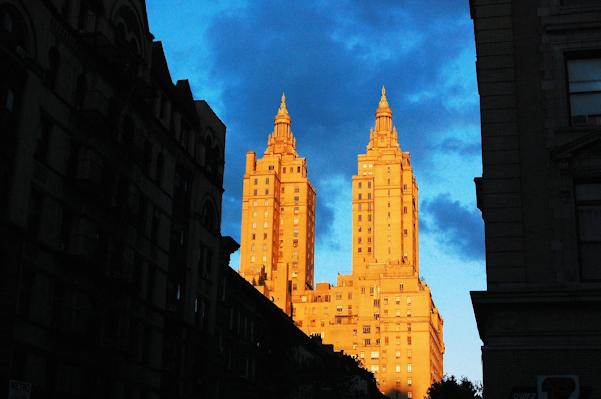
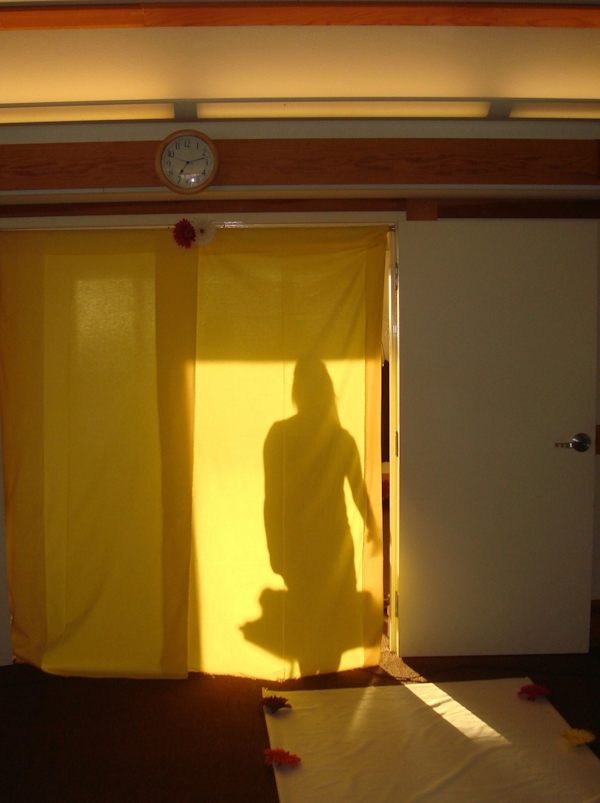

ONE PICTURE IS WORTH A THOUSAND WORDS
The really good ones provide fodder for lots to talk about with respect to making sense of the image, though one or two key meanings will be readily apparent.
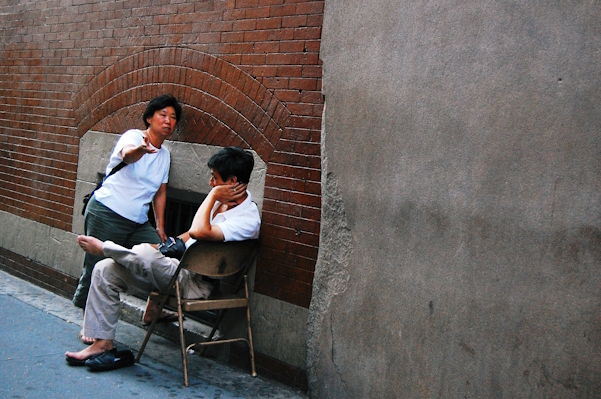
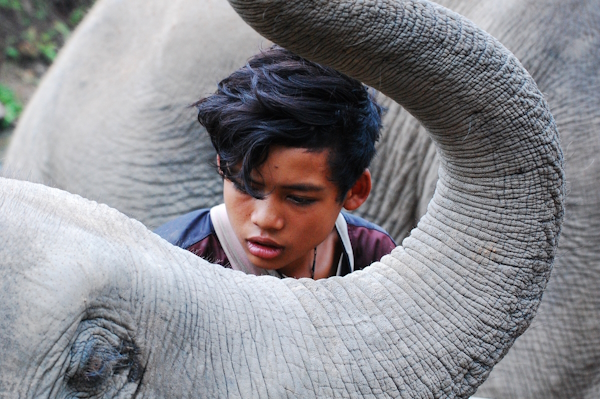
ACTION IS THE ATTRACTION TO GET A REACTION
This one more or less speaks for itself and is a close cousin to Seize The Moment. The key here is whether the photo really expresses motion, even though it is a millisecond frozen in time.
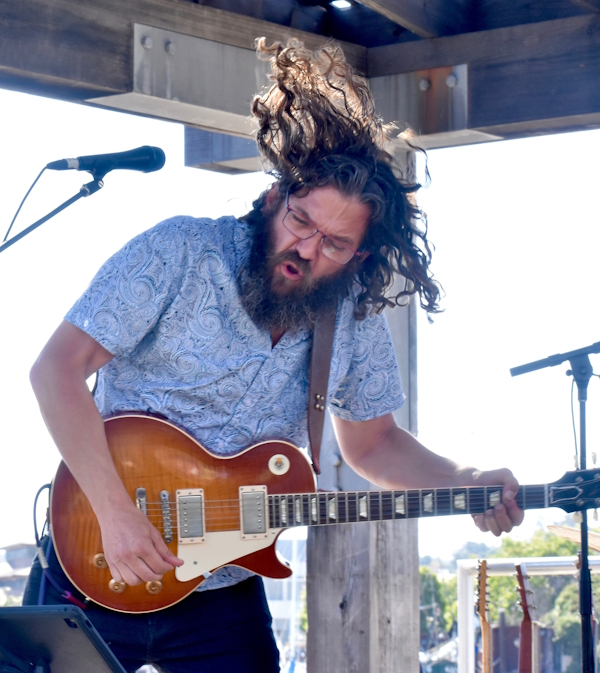
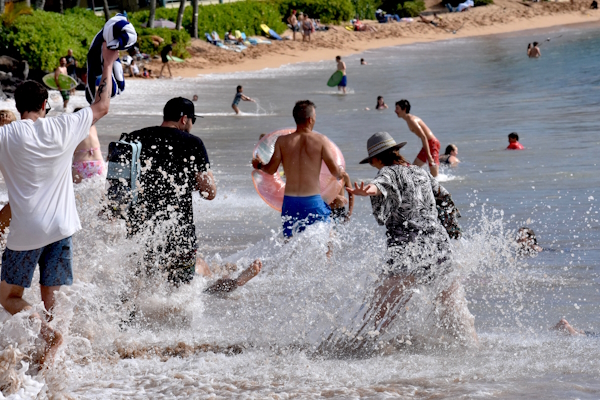

THE DOC DOTH ROCK -or- KEEP IT REAL!!
Documentary, real, authentic, just the way it happened, just the way it looked, ‘in the moment’ shots where the subject(s) are unaware that they are being shot prevail over “posies”.
Even those where the photog does not set up the shot –as would be done in fashion shots, corporate shots, the family at Thanksgiving –“Summmile Everyone”) those godawful vainglorious ‘selfies’ you are so infatuated with & other posed ‘prefabricated’ shots—when the subject sees the lens, things change in terms of ‘authenticity’ in a photo.
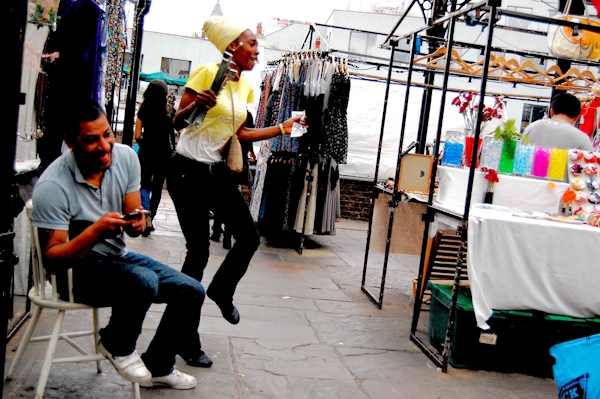
Photo note: the shutter speed in this shot was manually set and a little slow, so the shot suffers from a bit of motion blur which detracts a bit from the outburst of spontaneous joy following a conversation between the two.
BRING IN THE BIG CATCH
Your job is to bring back a boatload of fish, not a single minnow or even one big old Marlin. Other than just taking a gazillion shots in a short period of time, that means —à
TIME ON THE JOB!!
If you are shooting ‘the game’, the ‘event’ , the ‘story’ for news, the ‘story’ for feature, you can’t jump in for 5 minutes and take off to deal with Trig homework. Really good photographers invest more than skill and vision. They invest time, which, for sure, is a sacrifice.
YOU’LL NEVER KNOW WHAT YOU’RE MISSING.
Well, back to fishing again.. or surfing…..”oh, dude, you should’a been here yesterday’ , or ‘just before (after) you left we saw the most amazing…’
You can’t be in the right place at the right time all the time, but at least being ready with you lens close by will improve your odds.
Of course this one ties back to ‘know it when you see it’ Keep the radar on.
That said, we all miss some great ones over time.
=============================
CAPTIONS COUNT !
Even though you and others think your picture speaks volumes, you need to orient the viewer with the basics of who/what/when/where/ why/ (how) if for news, feature, sports. Don’t assume the reader ‘gets it’ or has any knowledge of context etc. Photo captions are usually 2-4 sentences long.
Photo illustrations probably don’t need captions if they are well conceived and carried out.
(copyright 2021 l d freeman; all rights reserved)
